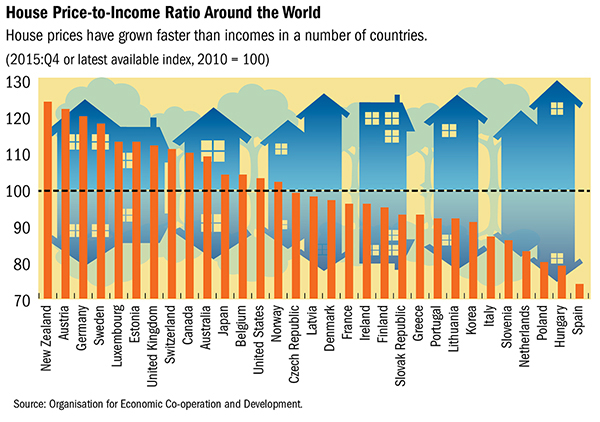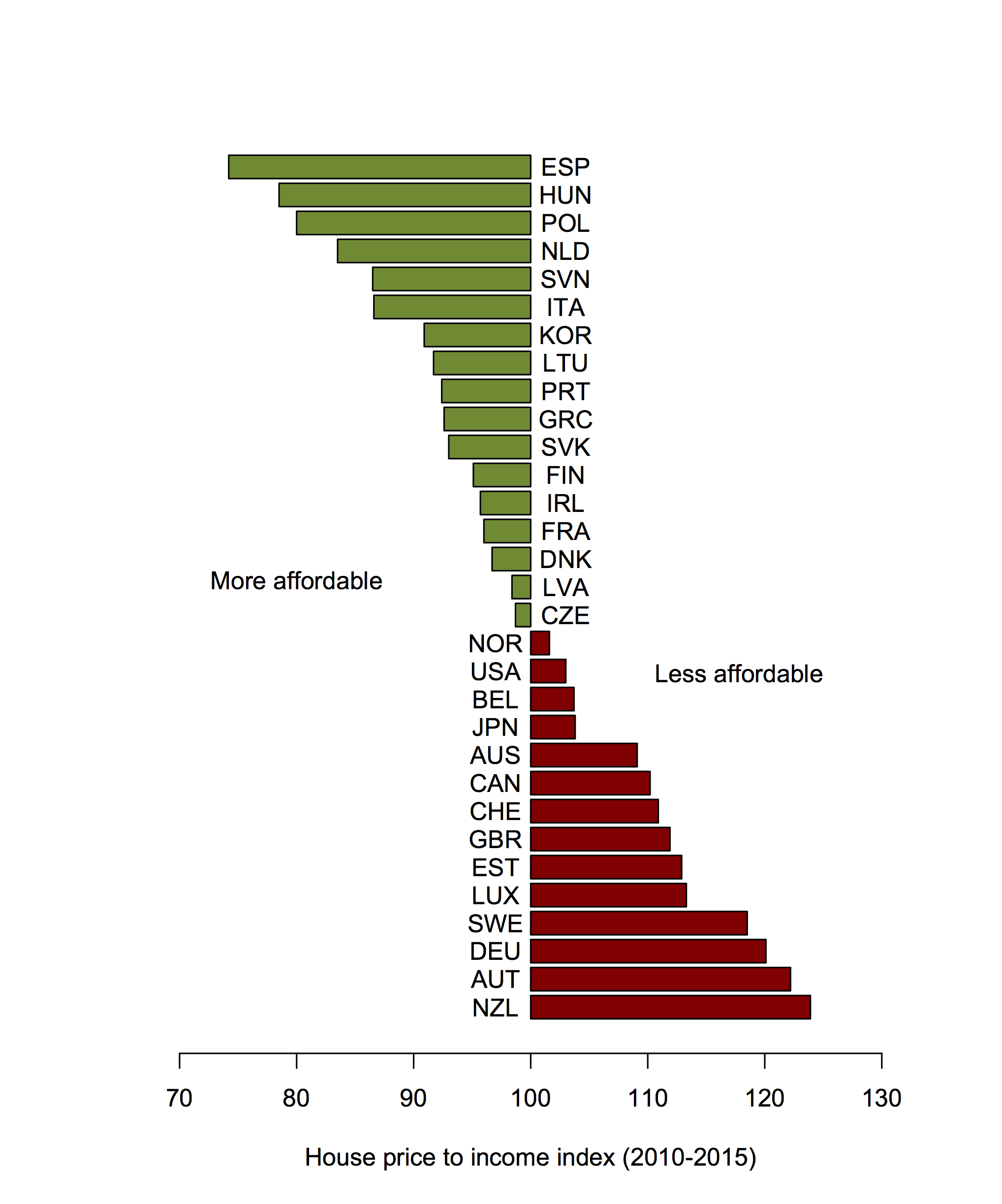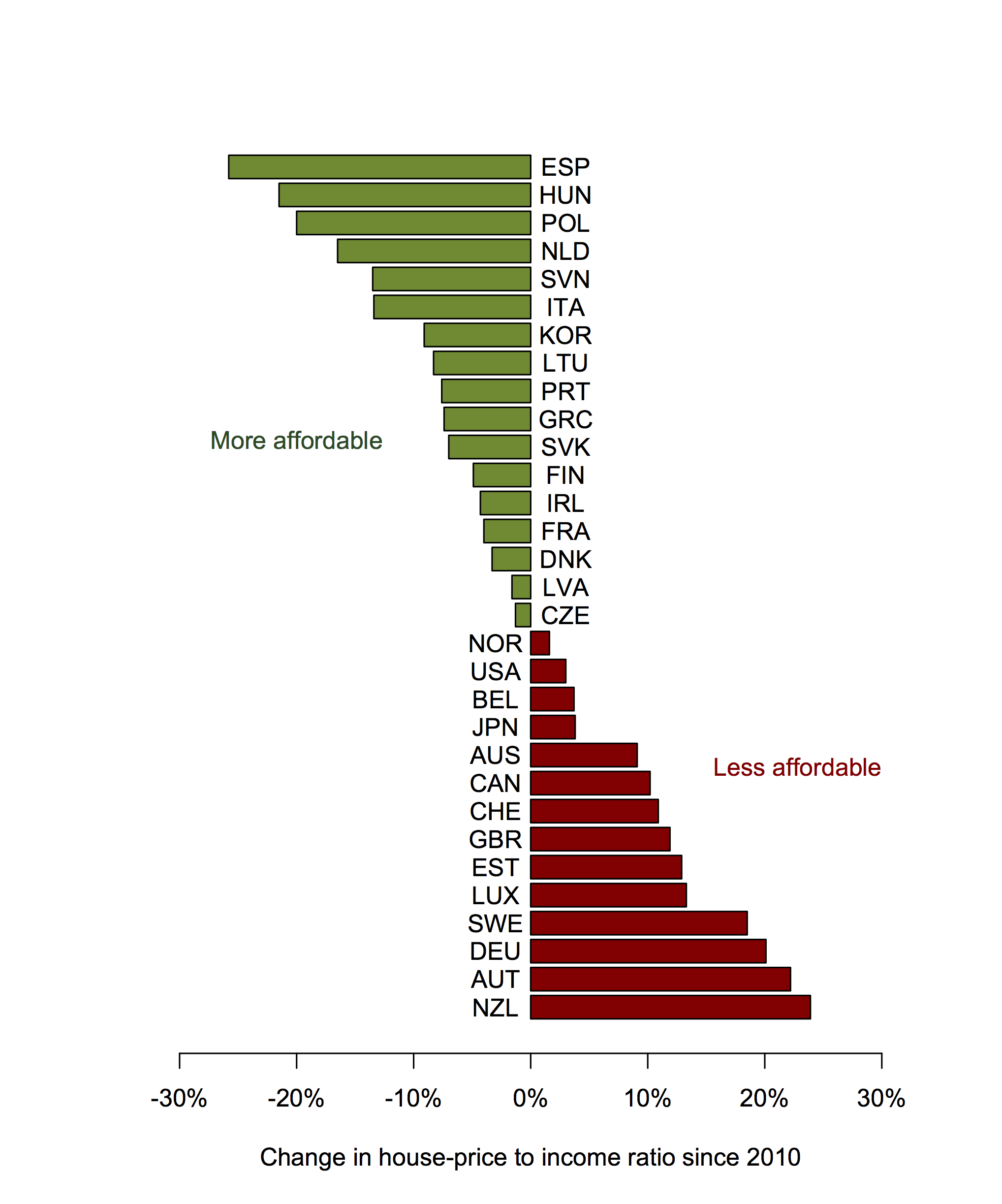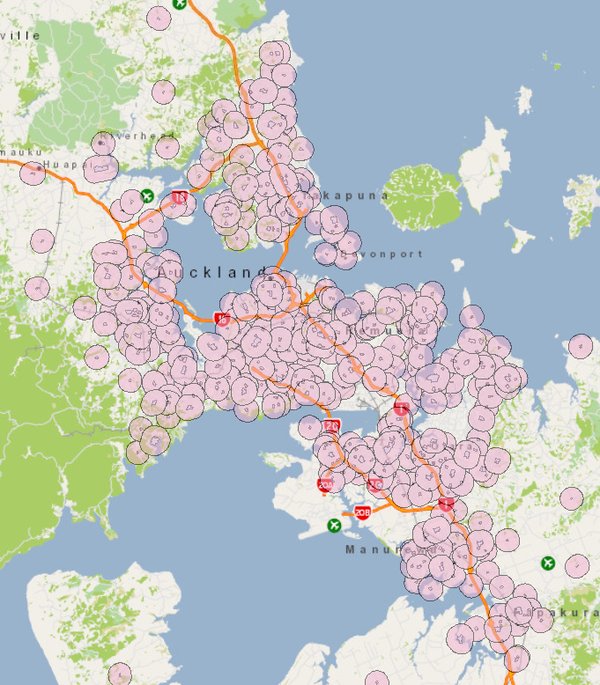Should you have bet on Leicester City?
As you know, Leicester City won the English Premier League this week. At the start of the season, you could get 5000:1 odds on this happening. Twelve people did.
Now, most weeks someone wins NZ Lotto first division, which pays more than 5000:1 for a winning ticket, and where we know the odds are actually unfavourable to the punter. The 5000:1 odds on their own aren’t enough to conclude the bookies had it wrong. Lotto is different because we have good reasons to know that the probabilities are very small, based on how the numbers are drawn. With soccer, we’re relying on much weaker evidence.
Here’s Tim Gowers explaining why 5000:1 should have been obviously too extreme
The argument that we know how things work from following the game for years or even decades is convincing if all you want to prove is that it is very unlikely that a team like Leicester will win. But here we want to prove that the odds are not just low, but one-in-five-thousand low.
Professor Gowers does leave half the question unexamined, though
I’m ignoring here the well-known question of whether it is sensible to take unlikely bets just because your expected gain is positive. I’m just wondering whether the expected gain was positive.




Recent comments